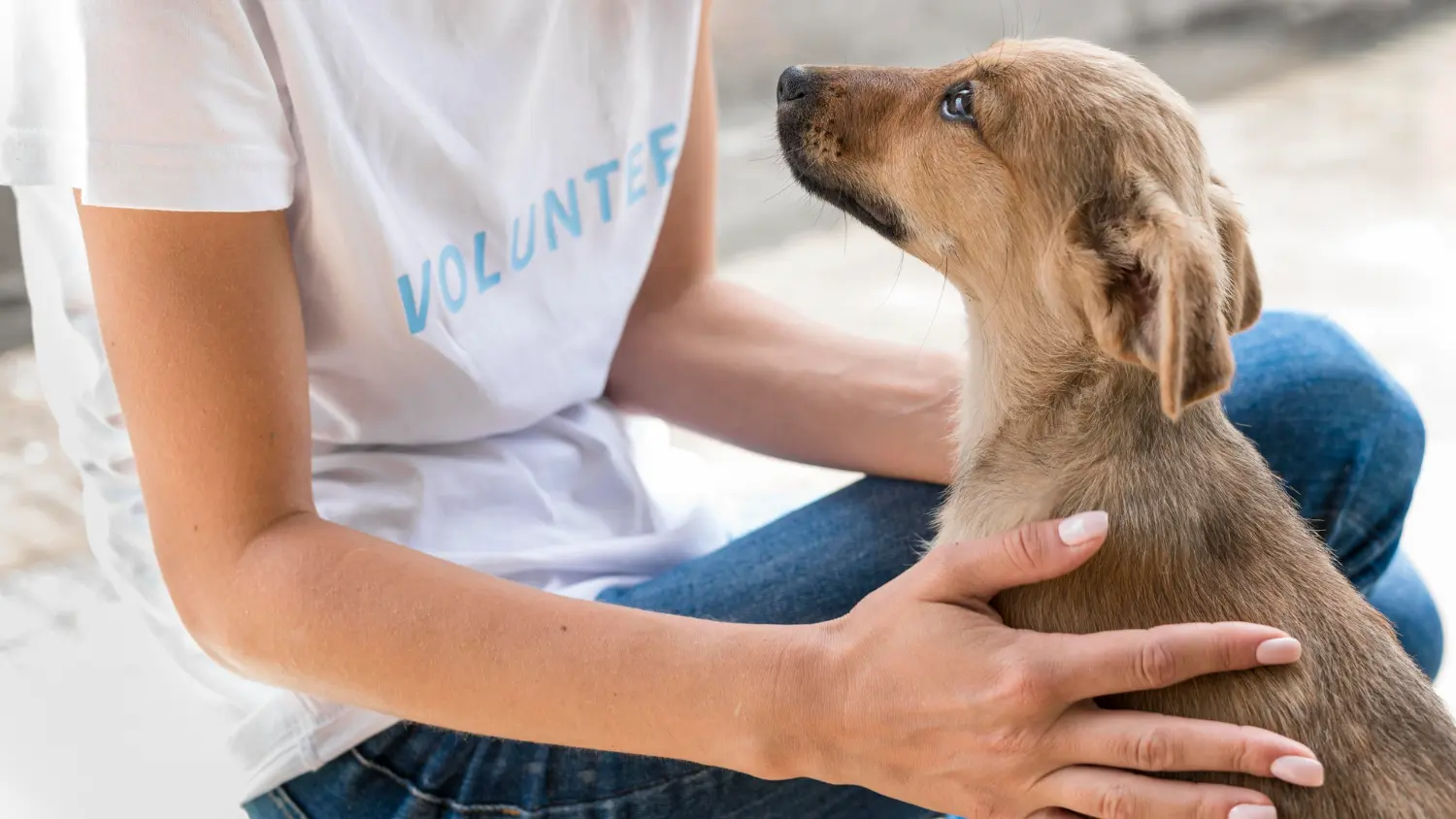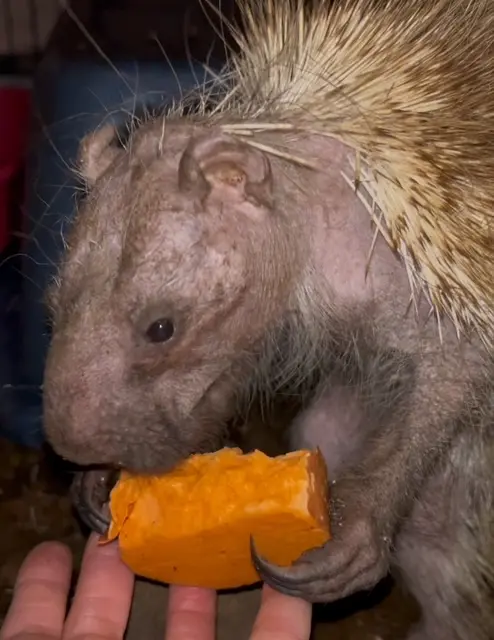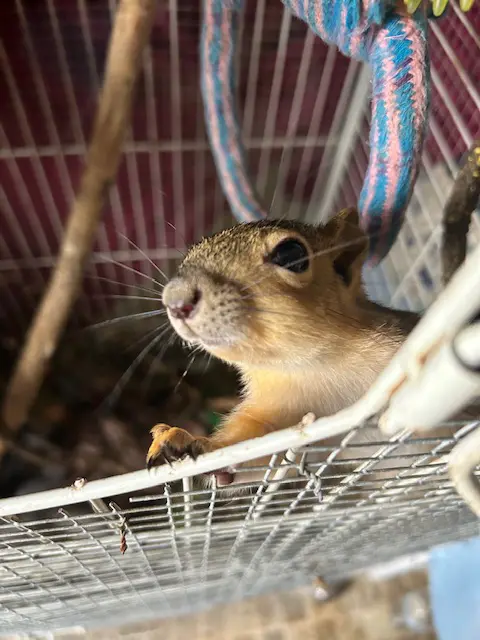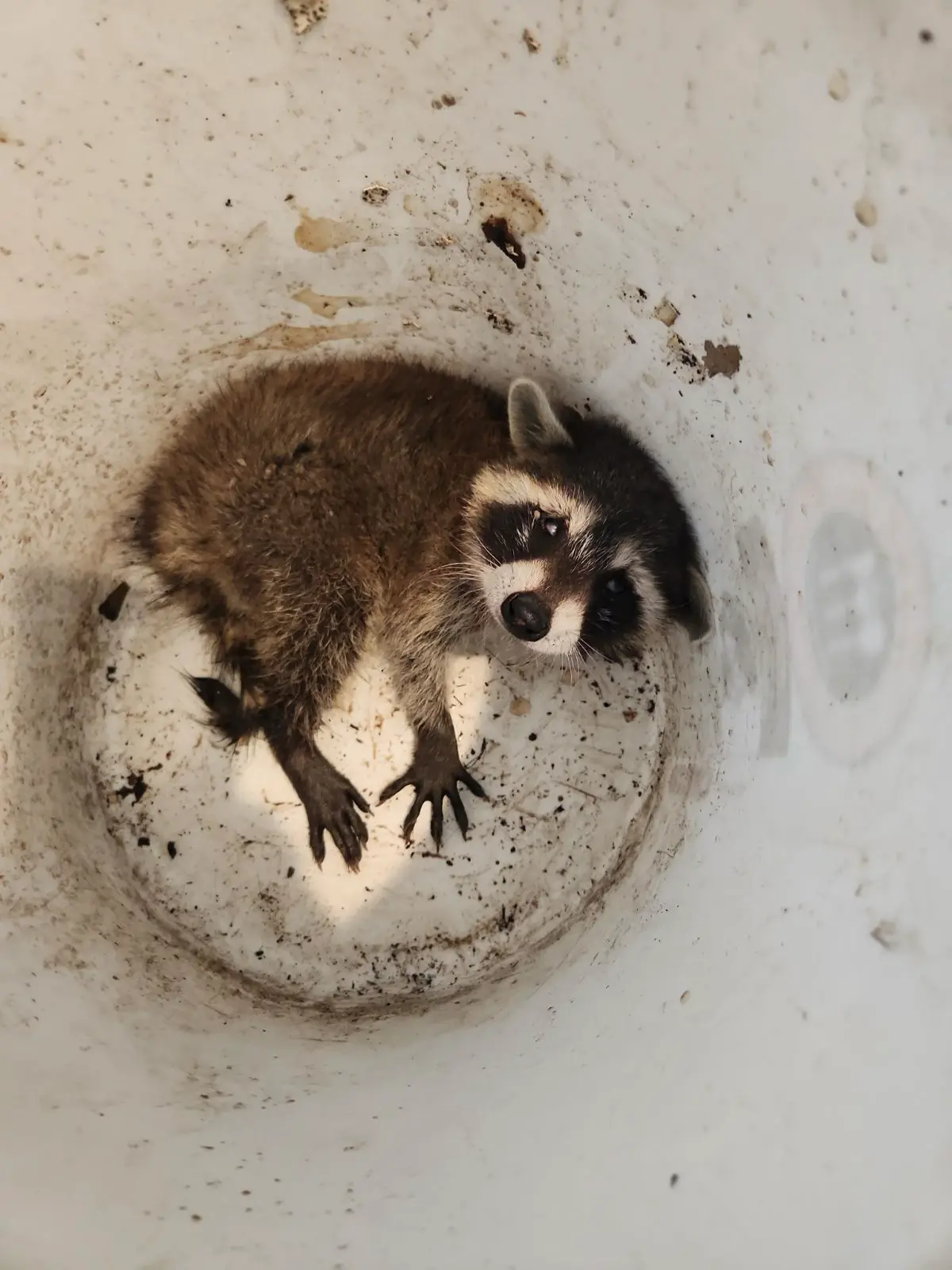

Observe from a distance to confirm the animal is injured or orphaned. Avoid unnecessary intervention.
Use gloves, towels, or a container to handle the animal if necessary. Avoid direct handling to reduce stress and protect yourself.
Place the animal in a secure, ventilated box lined with a soft cloth. Keep the box away from noise, pets, or people.
Call a licensed wildlife rehabilitator or rescue center immediately for guidance before taking further action.
Use the National Wildlife Rehabilitators Association (NWRA) directory or your state's wildlife agency to find licensed professionals.
Look for "wildlife rehabilitator near me" or check local wildlife rescue groups on social media.
Once you connect with a rehabilitator, follow their instructions for the animal's care.

When transporting wildlife to a rehabilitation center, ensure their safety by following these guidelines:

Place the animal in a ventilated box or pet carrier lined with a soft, non-looped fabric. Secure the lid to prevent escape.

Keep the container in a quiet, dark area during transport. Do not open the box to check on the animal.

Feeding or giving water can cause harm. Leave this to the experts.

Share the animal's exact location, behavior, and any observed injuries with the rehabilitator upon arrival.
Protect Yourself and Wildlife When rescuing wild animals, always prioritize safety to reduce the risk of injury and disease, including rabies.
Use gloves, towels, or a container to handle the animal if necessary. Never touch wildlife with bare hands.
Animals that are unusually aggressive, disoriented, or overly tame could carry diseases.
Prevent contact between the animal and pets or children to reduce potential exposure to illness.
Only licensed professionals should handle high-risk species like raccoons, bats, foxes, or skunks.

Domestic pets can transmit bacteria and diseases which can harm or infect wildlife. Physical contact and aggressive behavior by a pet can also cause stress and injury to wildlife.
Pets can catch diseases from wildlife, including rabies and leptospirosis, and parasites such as fleas and intestinal worms. Bites or scratches from wild animals can cause further health risks.
Wear gloves to immediately separate the wildlife and pets. Keep your pets isolated from the wildlife.
